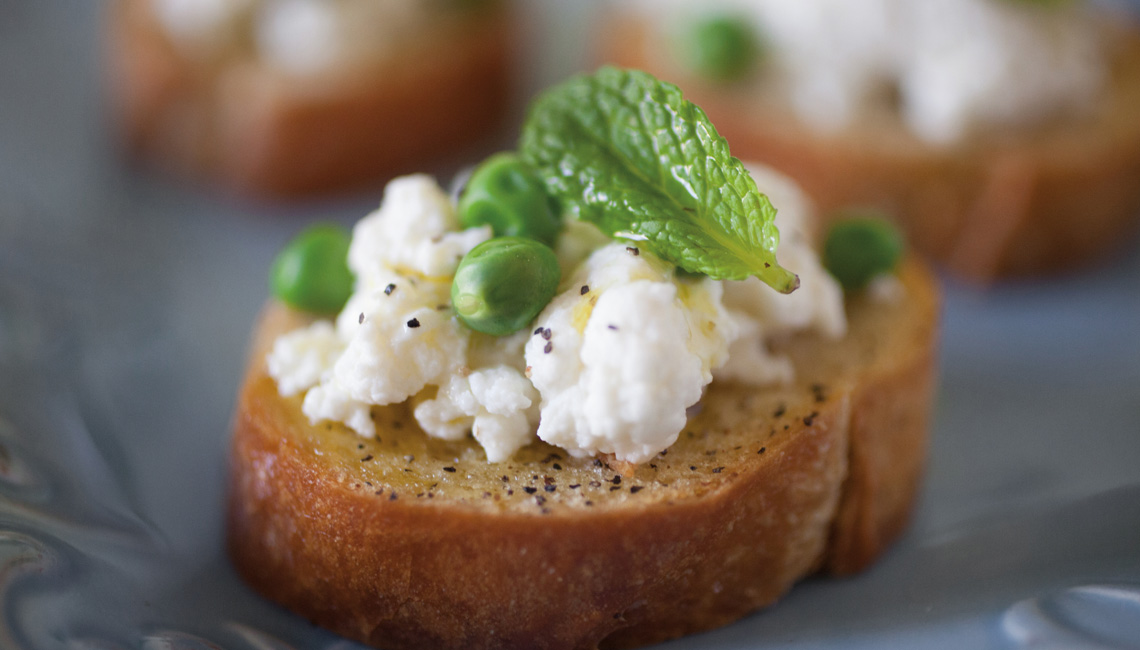
For cookie cutter shapes, use a 9 x 13-inch cookie sheet with a half-inch lip. For square cubes cut with a knife, use an 8 x 8-inch casserole dish.
Pour ½ cup water into the bowl of a stand mixer fitted with whisk attachment. Add gelatin and let sit to soften, about 10 minutes. Meanwhile, combine the sugar, evaporated milk, and ¼ cup water in a medium saucepan. Whisk constantly over low heat until sugar dissolves, then turn up to medium/medium-high. Bring to a gentle boil, then immediately reduce to medium-low. Don’t stir at all as the mixture continues to boil and turns a darker color. Wait patiently for a candy thermometer to reach 240 to 245 F (about 15 minutes.) Remove from heat immediately.
Pour the hot syrup into the gelatin mixture and beat on low until incorporated. Add vanilla extract and beat on high until thick, fluffy, and tripled in volume, about 10 to 15 minutes. While this is happening, lightly coat cookie sheet/baking dish, along with a few spatulas, with nonstick spray. Mixture is ready when it becomes glossy, thick, and white in color and when beater is lifted, the mixture slowly drips back into the bowl. Quickly scrape mixture into prepared pan with a spatula and smooth out top with the second spatula. Allow to set uncovered for at least 8 hours.
Combine powdered sugar and cornstarch. Sift some over the surface of the marshmallows. Use cookie cutters or a large knife to cut the marshmallows. Sift or roll cut marshmallows in powder to prevent sticking. Store in an airtight container for up to 2 weeks.
Per serving: 108 calories, 0 grams fat, 1 milligram cholesterol, 28 milligrams sodium, 12 grams total carbohydrates, 0 grams fiber, 11 grams protein.

Preheat oven to 400 F. Coat a few 9 x 13-inch glass baking dishes with olive oil and distribute garlic, rosemary, and thyme across them, then place tomatoes, skin side down, in a single layer and drizzle balsamic vinegar and a bit more olive oil across the top. Roast 40 to 50 minutes, until tomatoes are soft and wrinkled and liquid has reduced significantly.
With a slotted spoon, transfer tomato mixture to a medium pot (removing herb stems). Measure out ½ cup of the remaining roasting liquid and add to tomatoes, along with bouillon, dried onion, sugar, salt, and red pepper flakes. Simmer over medium-low heat for 5 to 10 minutes. Blend with an immersion blender for a smooth sauce. Serve over pasta or store in an airtight container — 1 week in fridge or 4 months in freezer. Makes 4 cups.
Note: Fresh herbs can be replaced with 1 to 2 teaspoons dried oregano and ground thyme; add once the sauce is on the stove.
Per serving: 130 calories, 9 grams fat (1 gram saturated fat), 0 milligrams cholesterol, 322 milligrams sodium, 13 grams total carbohydrates, 4 grams fiber, 3 grams protein.

Homemade ricotta is too special to be buried inside a lasagna. Let it be the hero in fresh dishes like bruschetta or salads, on charcuterie boards, or paired with melons and berries.
In a large, nonreactive pot, combine milk, cream, and salt. Heat over medium, stirring regularly for about 20 minutes, until temperature reaches 180 F. The key is to make sure the milk does not boil — heat slowly and keep an eye on it. Add lemon juice and stir; the milk will begin to curdle immediately. Reduce heat to low and continue cooking until large curds form and float. Remove pot from heat and let stand 10 minutes to cool slightly.
Meanwhile, line a colander with several layers of cheesecloth and place over a large bowl (to keep the whey for soup stock or cooking grains). Drain cheese in lined colander for 15 to 30 minutes. Store in airtight container in the fridge for up to 3 days.
Per serving: 55 calories, 5.5 grams fat (3 grams saturated fat), 19 milligrams cholesterol, 40 milligrams sodium, 1 gram total carbohydrates. 0 grams fiber, 1 gram protein.

If you’re in the habit of buying pre-made guacamole or only enjoying it in restaurants, then it’s time to learn how unbelievably easy it is to make at home.
Have all ingredients ready to go. With a large knife, slice the avocado in half lengthwise, rotating around the pit. Take each cut in one hand and lightly twist to split the two halves apart. Aim the middle of the blade at the center of the pit and with some force, wield it like an ax into a tree stump, allowing the knife to get stuck in the pit, then twist and pull the knife handle to remove the pit. Use the edge of a heavy bowl to separate the blade from the pit (it’s too slippery to loosen with your fingers.)
Choose a bowl about twice the size of your avocado. Take a large dinner spoon and scrape the avocado flesh out of the skin, avoiding any significant brown spots, and transfer to the bowl. Add remaining ingredients; chop avocado with the dinner spoon and mix all together. Aim for the texture you like: extra chunky, very smooth, or somewhere in between. Taste; if flavor is too mild, add a bit more lime juice or cayenne. To avoid browning due to oxidization, place a piece of plastic wrap directly on the surface of the guacamole for up to 2 days. Serving size intended as a chips and dip appetizer for 4.
Per serving: 157 calories, 8 grams fat (1 gram saturated fat), 0 milligrams cholesterol, 40 milligrams sodium, 21 grams total carbohydrates, 5 grams fiber, 5 grams protein.










